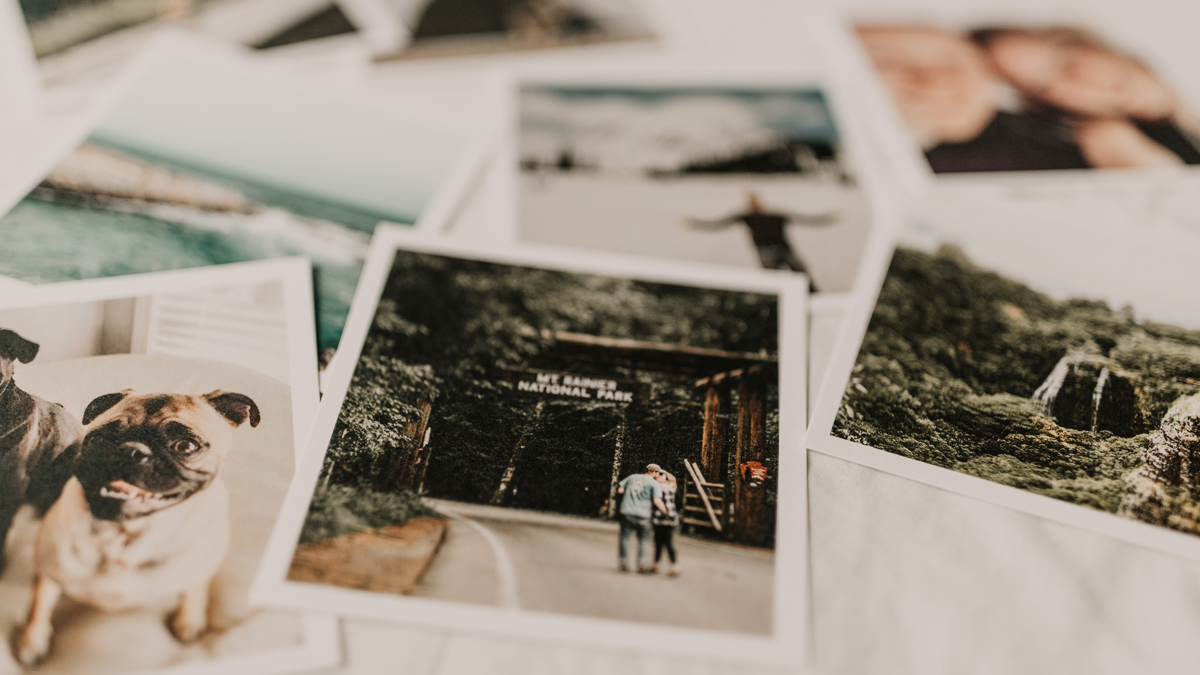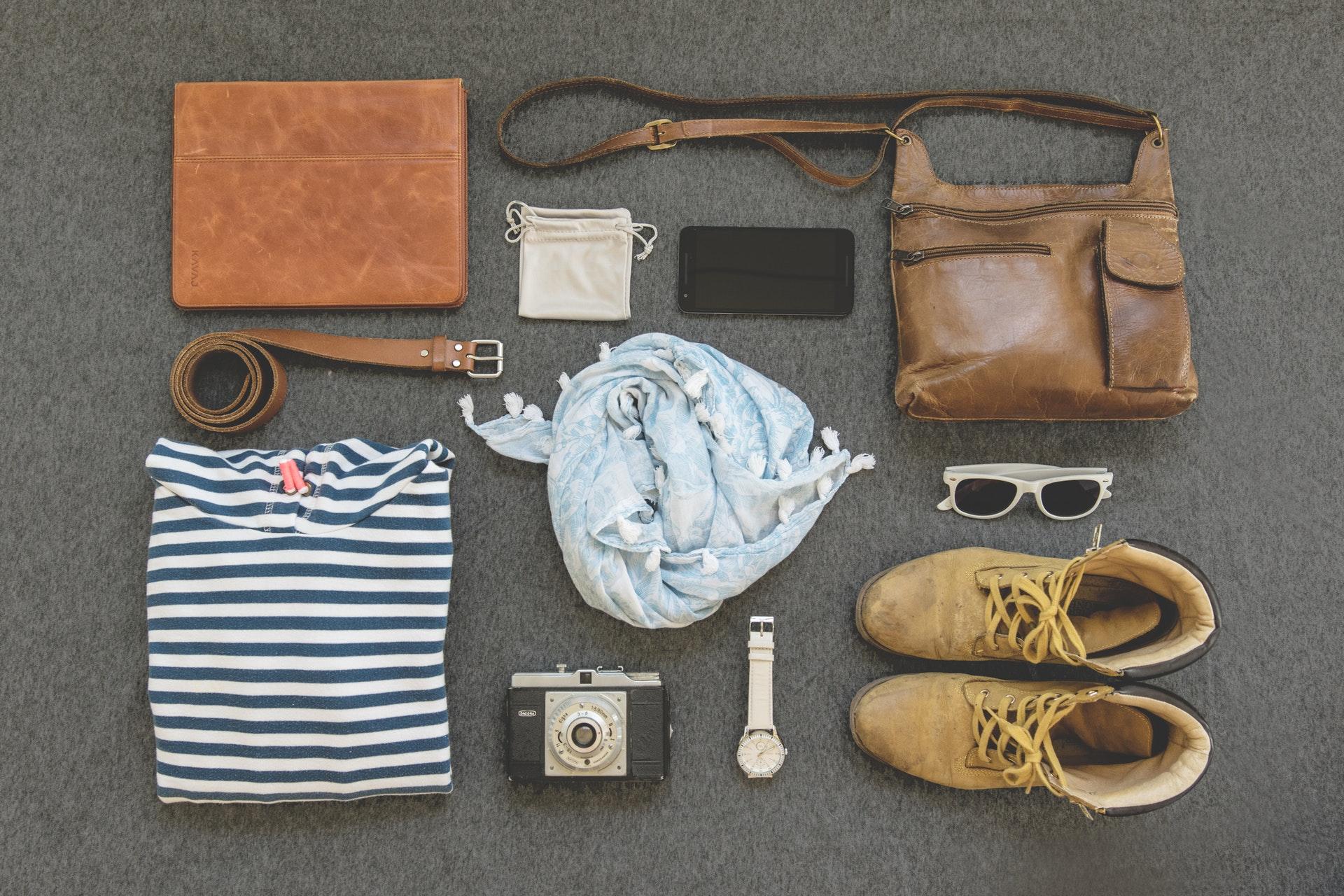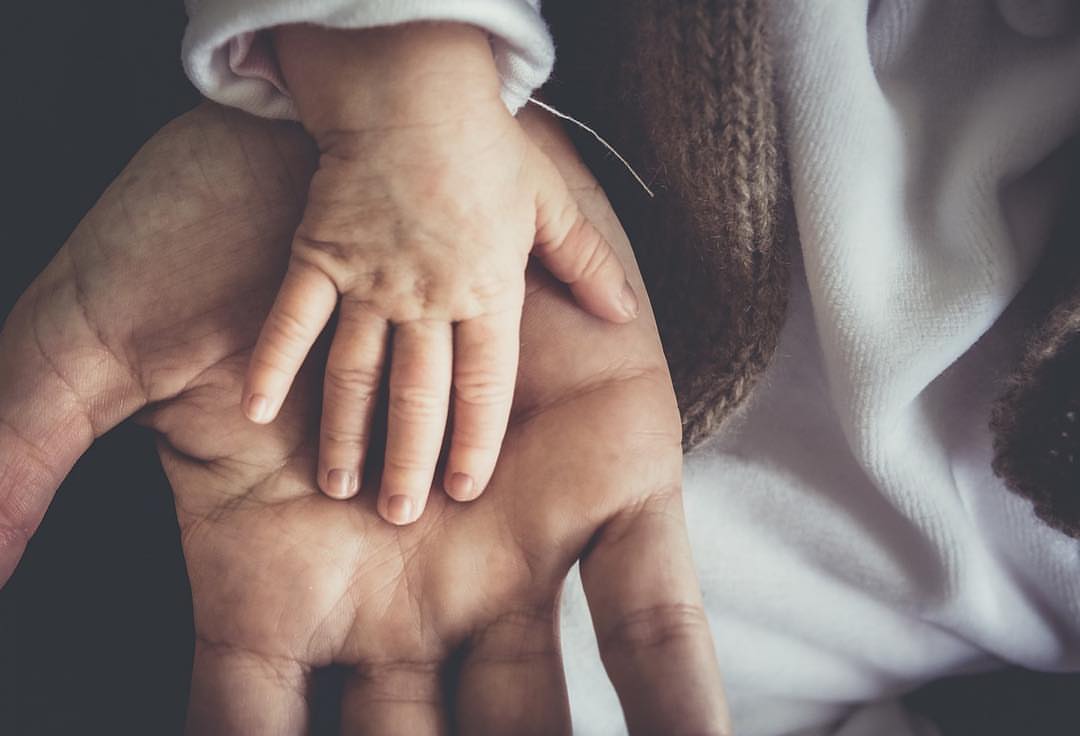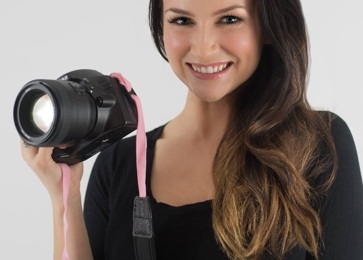Top 15 Rules for Getting Perfect Photo Prints
These days, printing digital photos are easier than ever – you take pictures, find a printing provider online, upload files, and place your order. The photo prints then arrive right at your door, pixel-perfect, vibrant, and utterly beautiful. Well, in theory at least…
If you’ve ever been disappointed with print reproductions of your digital images, this article has some tips to help you make sure this never happens again. Read on to learn how to prepare your digital files for printing so that the resulting prints – whether traditional photos, posters, canvas prints or other physical copies – are fit for a gallery!
1 Find the Best Camera for Your Needs
Let’s face it – budget smartphone cameras may be great for Instagram, but they won’t give you photos that can be turned into state-of-the-art prints. The good news is that you don’t need to spend thousands of dollars on professional equipment to get the print quality of your dreams. The important thing is to choose a camera that’s suited to your needs.
Unless you’re a pro photographer and you want to create large prints for commercial or artistic events, a mid-range camera should be more than good enough.
2 Consider Buying Photo Editing Software
Photoshop will make the whole pre-printing process much easier. So is it worth paying for? Well, that depends on how deep you want to dive into photo editing. The software is expensive, so if you only need to make some basic adjustments, it’s probably best to look for cheaper alternatives.
3 Never Stop Learning
These days, all you need to do to take a photo is press a button. It’s quick, easy, and doesn’t require any special photography skills. But it’s worth asking yourself: are you happy with most of your photos? Can you see any room for improvement? If yes, signing up for a photography course or just getting a magazine subscription might be a good idea.
4 Choose the Right Shots for Printing
Some photos look great on a screen but fail to make the same impact in print. So it’s best to take your time when selecting photos for printing, and we recommend doing it in stages. First, pick all the photos that you’d want to see printed. Second, go through the contenders and make a shortlist by eliminating the less impactful images one by one. Then give yourself a break before making your final choices with a fresh eye.
5 Calibrate Your Monitor
Adjusting the visual settings of your desktop monitor so that they correspond to the general standard will help you get prints that look exactly the way you want. This process is called monitor calibration, and you can do it with various digital tools. Calibrating your monitor at least once a month is recommended if you work with photos a lot.
6 Check Brightness and Saturation
Our phone screens and monitors are often over-saturated, which explains why images look different on screen and in print. Getting brightness and saturation right is particularly important if you’re not getting your monitor regularly calibrated – adjusting these should let you see more accurate colors.
7 Save Print Files in sRGB
Just to be clear, sRGB is not a file format like JPEG or PNG. It’s a color representation mode that stands for Standard Red Green Blue. It’s possible to save digital photos in other modes too, but most printers won’t be able to read more complicated color schemes, so the colors won’t be reproduced correctly.
8 Choose the Right DPI
Ideally, the DPI (dots per inch) of any photos you’re getting printed should be 300 or more. However, unless you’re shooting with a professional camera, achieving this isn’t always possible. The standard DPI of a smartphone photo is usually 72 or 96, which won’t be enough for large prints. You can try changing the DPI with the help of online converters and special software, or failing that, just opt for smaller print formats.
9 Find the Right Print Substrate
What effect do you want to achieve with your prints? Do you want your photo to be bold and daring, or do you prefer more subtle retro-inspired prints? Your preferences will determine the best choice of substrate.
Also, think about the quality of your digital image, as this can affect which print format is right for you. If you want to print a somewhat imperfect image, then canvas could be the best choice, as this printing substrate is the most forgiving to minor flaws. Metal and acrylic prints are much crisper and so will require higher-definition printing files.
10 Sharpen the Image if Necessary
Sharpening photos isn’t the easiest process, but for some photos, it’s essential if they’re going to be displayed in print rather than just online. Try uploading your image to one of the many sites offering this service, and feel free to repeat the process until you get the results you want. Note that small or highly detailed images will need more sharpening than photos of vast landscapes.
11 Pay Attention to Picture Resolution
Want to blow your photo up bigger, so it’s suitable for a large print? Then we recommend double-checking the image’s resolution (aka pixel count) because if it’s not high enough, the print could appear blurry or pixelated. The best printing providers, such as CANVASDISCOUNT.com, now offer automated picture measurement. You can just upload your photo, and the system selects only the formats which will get a good result with an image of that size – making it effectively impossible to choose one too big.
12 Resize Your Image if You Can
This step isn’t essential, but it can help you get better prints. You can use resizing software to shrink or enlarge photo files – you’ll find plenty of advice on how to do this in photo blogs and video tutorials.
Note that resizing your image isn’t the same as cropping it. When you resize, you’re not cutting off any parts of the image – the content remains the same; the only thing that changes is the pixel count of the file.
13 Think about the Print Sides
If you’re buying three-dimensional decor features like canvas prints, it’s not just the front of your print that will have a visual impact on your room – the sides will make too. So it’s worth thinking about the edge design of the format you’re buying.
For example, if you buy a canvas print that’s gallery wrapped, the canvas material is folded around its internal frame and secured at the back of the print. Many providers will offer you a choice here: either your image will be printed over the entire canvas area (in which case the content at the margins will end up on the sides of the frame), or it will be sized to appear in full on the front of the design (in which case the edges will often be printed with a plain border, or with duplicated image content).
14 Think About Durability
Some print formats are more resilient than others. Prints on porous substrates – think photo paper or canvas – can absorb humidity from the environment and are less resistant to UV-induced fading.
If durability is an important consideration for you, metal, acrylic glass, or other non-porous materials might be a better choice. If you do want to print your photo on porous material, you might want to think about covering it with an additional protective layer.
15 Find a Reliable Printing Provider
Last but not least, you need to find a respected print provider with a reputation for manufacturing quality. Note that this doesn’t mean you have to pay a lot for your prints – as there are discount companies out there that keep prices low without compromising on either build quality or printing precision.
Before you commit to buying from a company, we recommend checking out not just independent reviews but also the firm’s social media pages – as it’s really helpful getting to see photos and videos of their products in real homes.






















